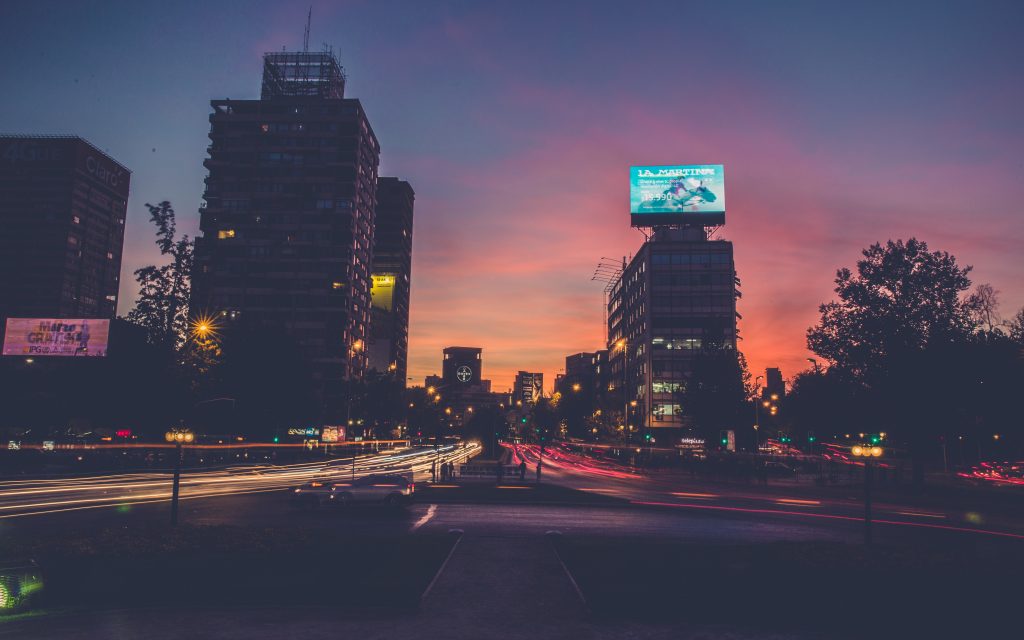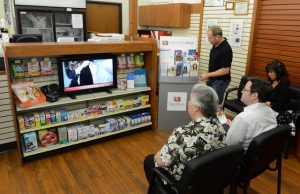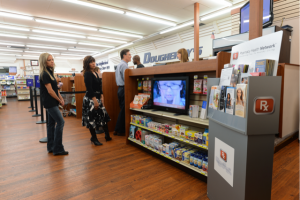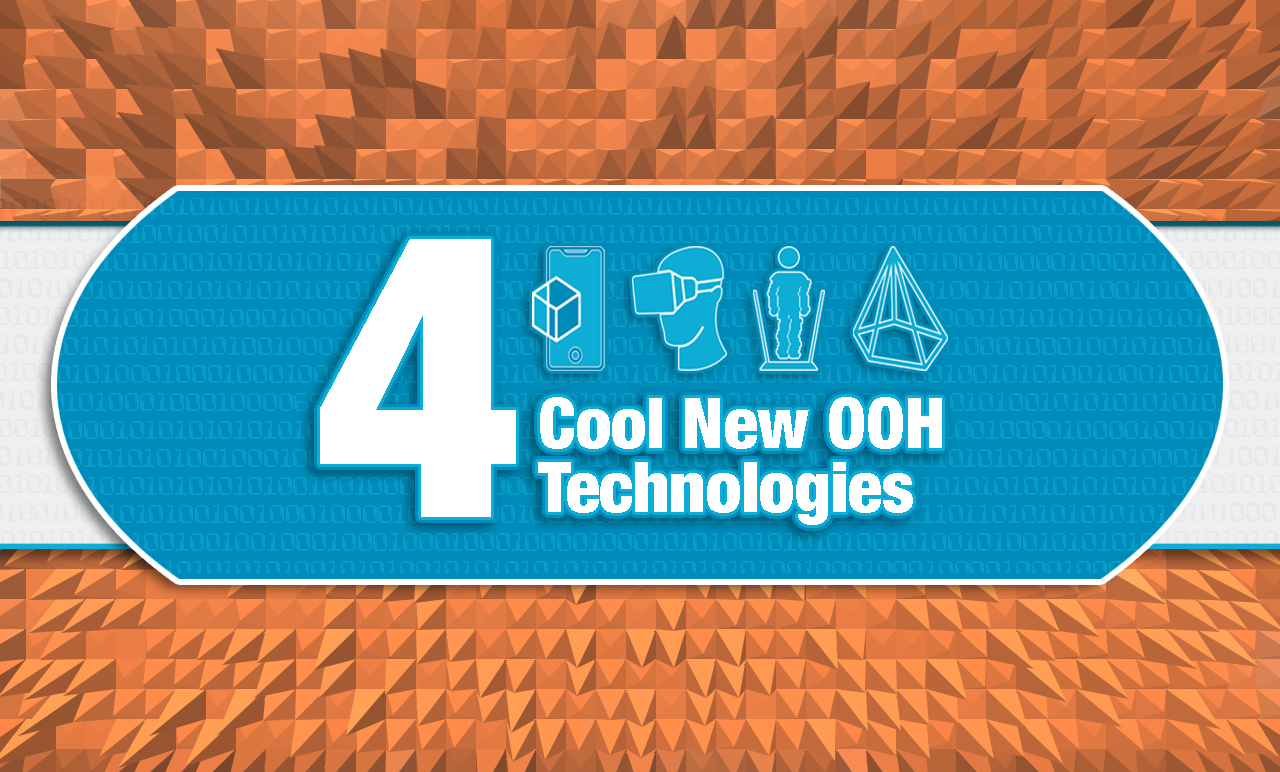
DOmedia, the host to the largest database of OOH vendors in the US, is constantly encountering innovative vendors. In our Vendor Spotlight series, we attempt to highlight these companies and explain to you how they are pushing the industry forward. Today we’re focusing on Chive Media Group. Chive Media Group is famous for its flagship brand theCHIVE (edgy humor loved by a legion of male fans); e-commerce website TheChivery (one of the first content-driven commerce websites), and now, CHIVE TV, a content-first streaming app created as an alternative to sports or news on mute.
 CHIVE TV started with a question: What do people watch in the 1,000,000+ bars & restaurants when sports aren’t on? They knew they could improve the experience for bar & restaurant patrons by providing engaging content that can supplement the hours before, during and after the big game.
CHIVE TV started with a question: What do people watch in the 1,000,000+ bars & restaurants when sports aren’t on? They knew they could improve the experience for bar & restaurant patrons by providing engaging content that can supplement the hours before, during and after the big game.
They developed an over-the-top (OTT) streaming channel, CHIVE TV, which streams family-friendly, viral video content in bars, restaurants and other retail establishments across the U.S. CHIVE TV gets people’s eyeballs out of their phones and engaging with fun and energetic content. CHIVE TV elevates the experience in venues and attracts viewers to the screen, priming the audience for ads.
CHIVE TV runs a five-hour loop of continuously updated viral content, with an ad break every 7.5 minutes. Advertisers can run their own :15/:30 second ad, or their in-house team can create something custom for a brand, such as trivia or listicle videos. CHIVE TV can geo-target ads nationally, regionally, and even down to a specific venue, making sure advertisers are hitting the exact audience they want.
With time spent out-of-home up 50% over the last two decades, CHIVE TV was a shift to move to where the people are. Outdoor advertising, especially in environments such as bars and restaurants, offers an incredible opportunity for counter-programming around sports. For example, during the NFL season, you can run counter-programming via CHIVE TV and own bars and restaurants on Sundays.
When asked what makes the company unique, Co-Founder John Resig says:
“Since starting theCHIVE, our mission has always been to entertain fun-loving people and keep things positive—no snark, no politics. CHIVE TV does just that, providing fun and entertaining content to the masses to make everyone just 10% happier.”
If you want to learn more check out Chive Media Group’s vendor page here.
Want to be featured on our blog? Fill out our short vendor questionnaire here.

 DOmedia, the host to the largest database of OOH vendors in the US, is constantly encountering innovative vendors. In our Vendor Spotlight series, we attempt to highlight these companies and explain to you how they are pushing the industry forward. Today we’re focusing on Pharmacy Health Network. Pharmacy Health Network is a place-based digital signage network that provides advertisers with access to millions of health-conscious consumers each month in retail pharmacies nationwide.
DOmedia, the host to the largest database of OOH vendors in the US, is constantly encountering innovative vendors. In our Vendor Spotlight series, we attempt to highlight these companies and explain to you how they are pushing the industry forward. Today we’re focusing on Pharmacy Health Network. Pharmacy Health Network is a place-based digital signage network that provides advertisers with access to millions of health-conscious consumers each month in retail pharmacies nationwide. They have access to data that allows advertisers to target campaigns, focusing on numerous sets of criteria. They also have collateral racks for patient information and brochures in all locations, allowing advertisers a second opportunity to promote products. Lastly, Pharmacy Health Network has a full-service production team to create ads and content turn key if required.
They have access to data that allows advertisers to target campaigns, focusing on numerous sets of criteria. They also have collateral racks for patient information and brochures in all locations, allowing advertisers a second opportunity to promote products. Lastly, Pharmacy Health Network has a full-service production team to create ads and content turn key if required.





